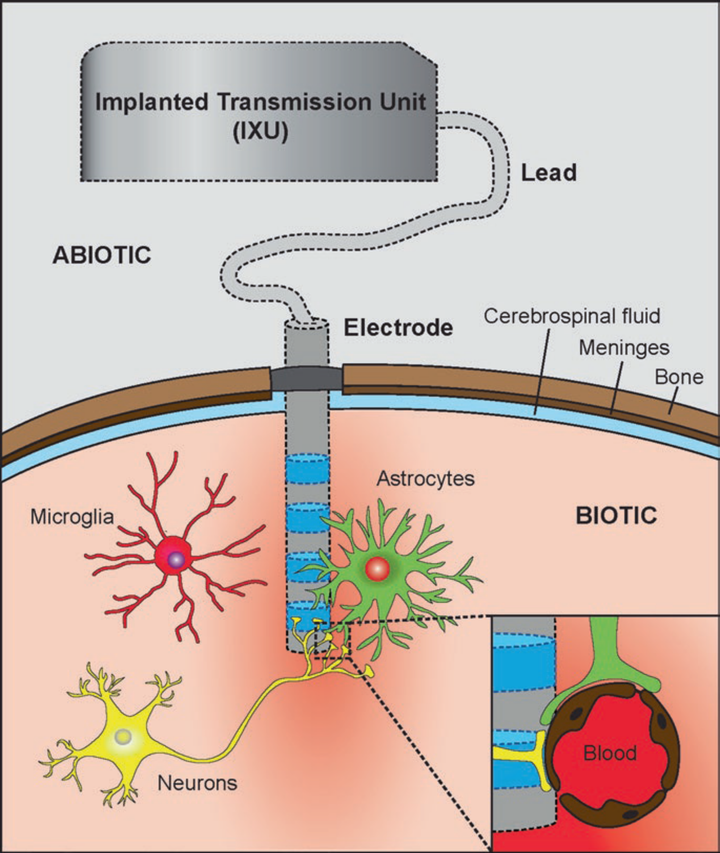
Abstract
Implanted neural interfaces represent a rapidly growing field, which includes deep brain, peroneal, phrenic, and vagus nerve stimulators, while substantial research efforts have been invested in the development of experimental applications, such as cortical prostheses, retinal prostheses, spinal cord stimulators, etc. The aim of the present chapter is to provide a gap analysis of the field and to debate where future efforts must be directed. The presented gap analysis is intended to informing preventive actions or design decisions for further improvement of the design, fabrication, and exploitation methods of implants. The development of more compliant electrodes remains the main technological challenge. In our view, more efforts in the understanding of the mechanical interactions of an electrode with the surrounding tissue are necessary in order to achieve the next technological breakthrough. The systematic analysis of failure modes of neural interfaces appears to be a key enabling factor for further progress in the field and overall device improvements. Enabling such analysis calls for the implementation of more comprehensive reporting systems, capturing the necessary information.